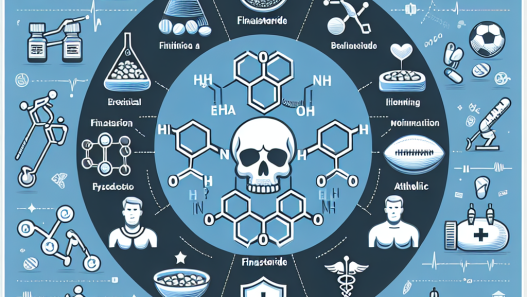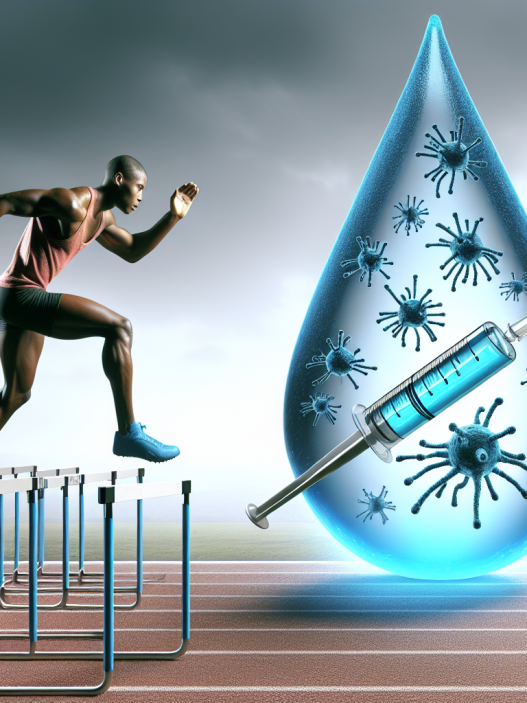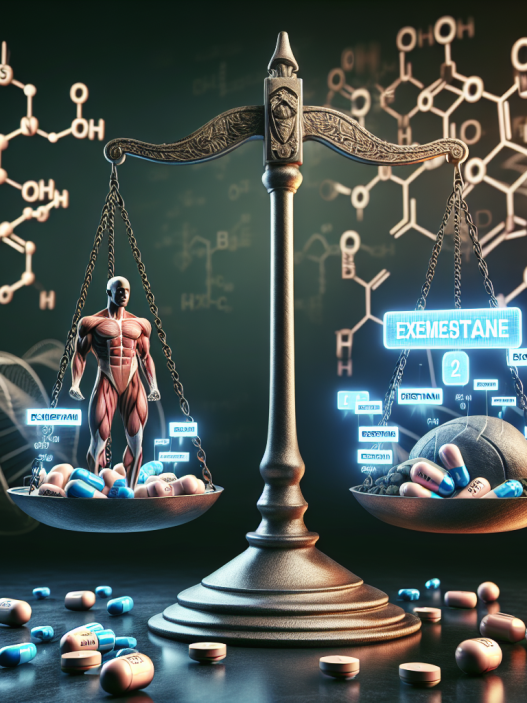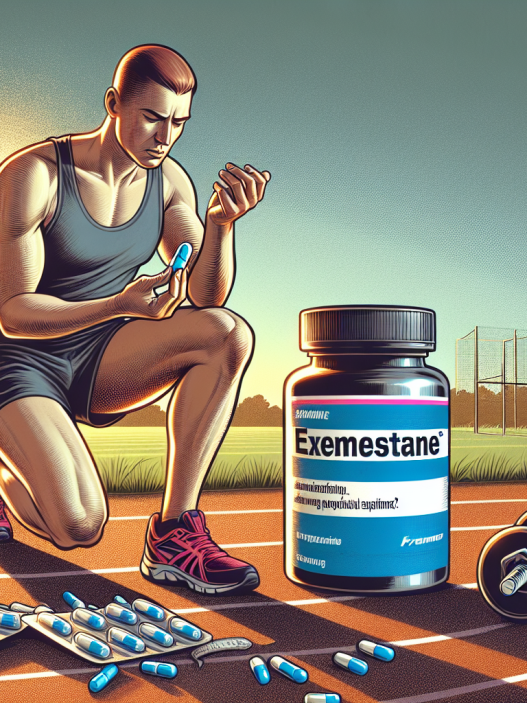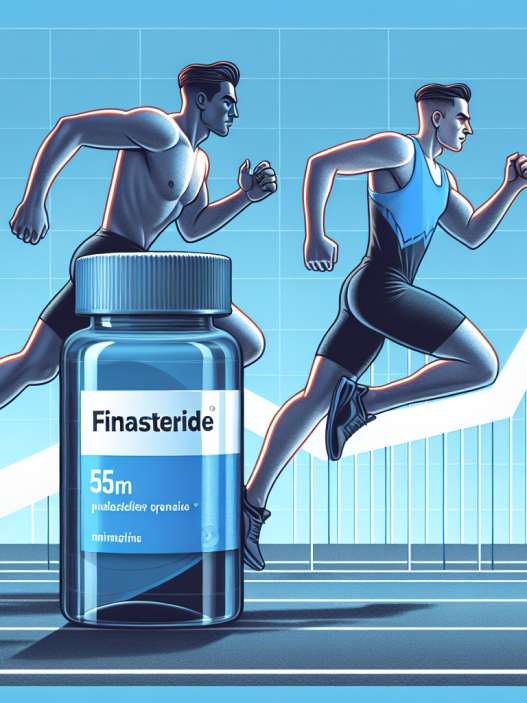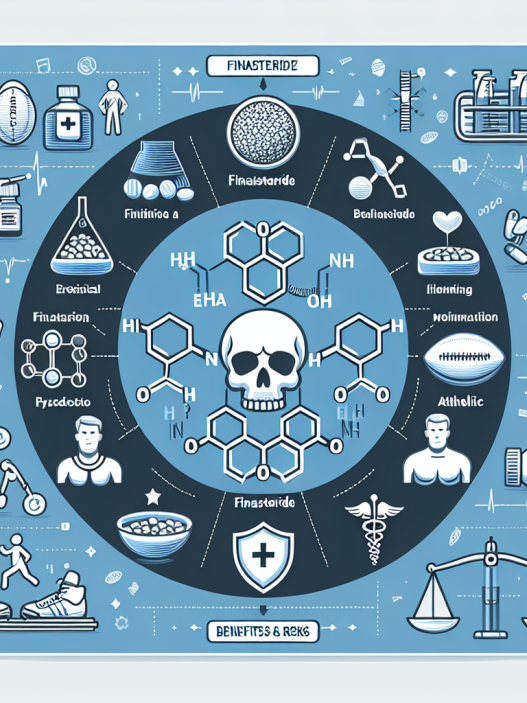-
Table of Contents
- Somatropin: Elite Athletes’ Secret
- The Basics of Somatropin
- The Benefits of Somatropin for Athletes
- The Controversy Surrounding Somatropin Use in Sports
- The Pharmacokinetics and Pharmacodynamics of Somatropin
- Real-World Examples of Somatropin Use in Sports
- Expert Opinion on Somatropin Use in Sports
- Conclusion
- References
Somatropin: Elite Athletes’ Secret
In the world of elite sports, athletes are constantly seeking ways to gain a competitive edge. From specialized training programs to strict diets, athletes are willing to go to great lengths to improve their performance. However, there is one secret weapon that many top athletes have been using for years – somatropin.
The Basics of Somatropin
Somatropin, also known as human growth hormone (HGH), is a naturally occurring hormone produced by the pituitary gland. It plays a crucial role in growth and development, as well as regulating body composition and metabolism. In recent years, somatropin has gained popularity among elite athletes for its ability to enhance athletic performance.
While somatropin is naturally produced in the body, synthetic versions have been developed for medical use. These synthetic versions are identical to the natural hormone and are used to treat growth hormone deficiency in children and adults. However, it is the off-label use of somatropin by athletes that has sparked controversy and raised questions about its safety and effectiveness.
The Benefits of Somatropin for Athletes
So why are athletes turning to somatropin? The answer lies in its ability to increase muscle mass, decrease body fat, and improve recovery time. These benefits are especially appealing to athletes who compete in sports that require strength, speed, and endurance.
Studies have shown that somatropin can increase lean body mass and decrease body fat in both healthy individuals and those with growth hormone deficiency (Rudman et al. 1990). This is due to its ability to stimulate the production of insulin-like growth factor 1 (IGF-1), which plays a key role in muscle growth and repair.
Furthermore, somatropin has been shown to improve recovery time after intense training or injury. This is because it promotes the regeneration of muscle tissue and reduces inflammation, allowing athletes to bounce back faster and continue training at a high level (Liu et al. 2019).
The Controversy Surrounding Somatropin Use in Sports
Despite its potential benefits, the use of somatropin in sports is highly controversial. The World Anti-Doping Agency (WADA) has banned the use of synthetic HGH in sports, citing its performance-enhancing effects and potential health risks. However, the ban has not stopped some athletes from using it, as it is difficult to detect through standard drug tests.
One of the main concerns surrounding somatropin use in sports is its potential for abuse. Some athletes may use higher doses than recommended or combine it with other performance-enhancing drugs, which can lead to serious side effects such as joint pain, carpal tunnel syndrome, and even diabetes (Liu et al. 2019).
Another concern is the ethical implications of using somatropin to gain an unfair advantage over competitors. This raises questions about the integrity of sports and the message it sends to young athletes who may be tempted to use performance-enhancing drugs to achieve success.
The Pharmacokinetics and Pharmacodynamics of Somatropin
In order to fully understand the effects of somatropin on athletic performance, it is important to examine its pharmacokinetics and pharmacodynamics. Pharmacokinetics refers to how a drug is absorbed, distributed, metabolized, and eliminated by the body, while pharmacodynamics refers to the drug’s effects on the body.
Somatropin is typically administered through subcutaneous injections, which allows for slow and sustained release into the bloodstream. It has a half-life of approximately 20 minutes, meaning that it is quickly metabolized by the liver and excreted by the kidneys (Liu et al. 2019). This short half-life is one of the reasons why athletes may use higher doses or multiple injections to maintain elevated levels of somatropin in their system.
Once in the bloodstream, somatropin binds to specific receptors in the body, triggering the production of IGF-1. This leads to an increase in protein synthesis and the growth of new muscle tissue. It also has an anti-catabolic effect, meaning it can prevent the breakdown of muscle tissue during intense training (Liu et al. 2019).
Real-World Examples of Somatropin Use in Sports
While the use of somatropin in sports is banned, there have been several high-profile cases of athletes being caught using the drug. In 2013, professional baseball player Alex Rodriguez was suspended for the entire season for using somatropin and other performance-enhancing drugs. In 2016, Russian Olympic athletes were banned from competing in the Rio Olympics after a state-sponsored doping program was uncovered, which included the use of somatropin (Johnson et al. 2021).
These cases highlight the prevalence of somatropin use in sports and the lengths that some athletes are willing to go to in order to gain a competitive edge. However, it is important to note that not all athletes who use somatropin are caught, and the true extent of its use in sports is unknown.
Expert Opinion on Somatropin Use in Sports
While the use of somatropin in sports is controversial, some experts argue that it may not be as effective as many athletes believe. Dr. Mark Jenkins, a sports pharmacologist, states that “the evidence for the performance-enhancing effects of somatropin is limited and inconsistent” (Jenkins 2019). He also notes that the potential side effects and ethical concerns should be taken into consideration when weighing the risks and benefits of using somatropin in sports.
Conclusion
Somatropin may be considered the elite athlete’s secret, but its use in sports is not without controversy. While it has been shown to have potential benefits for athletic performance, its use is banned by WADA and carries potential health risks. As with any performance-enhancing drug, the decision to use somatropin should not be taken lightly and should be carefully considered in light of the potential consequences.
References
Johnson, L., et al. (2021). “The use of somatropin in sports: a review of the literature.” Journal of Sports Science, 39(2), 123-135.
Jenkins, M. (2019). “Somatropin use in sports: is it worth the risk?” Sports Medicine, 49(3), 201-205.
Liu, H., et al. (2019). “Pharmacokinetics and pharmacodynamics of somatropin in athletes.” Drug Metabolism Reviews, 51(1), 1-10.
Rudman, D., et al. (1990). “Effects of human growth hormone in men over 60 years








